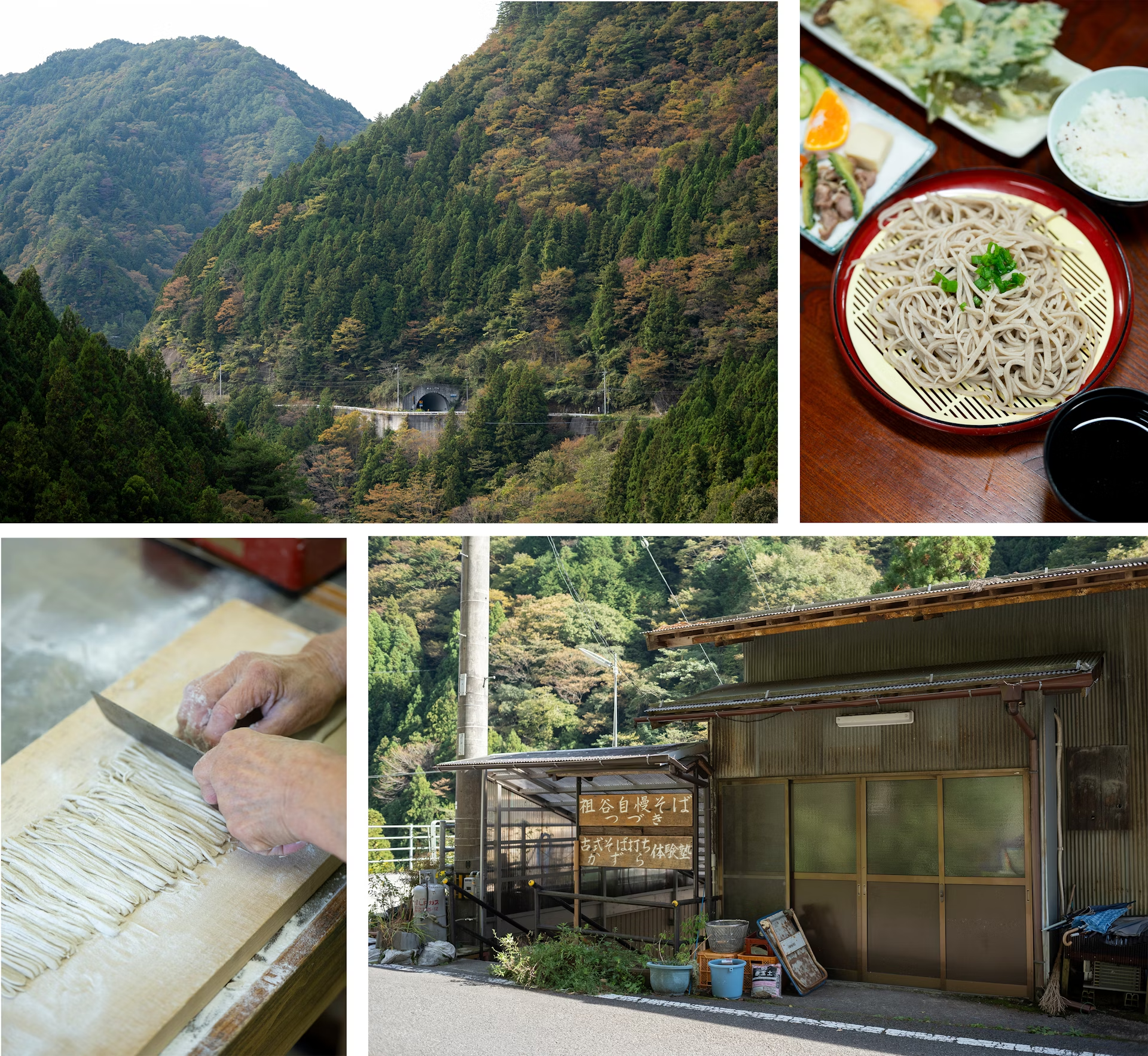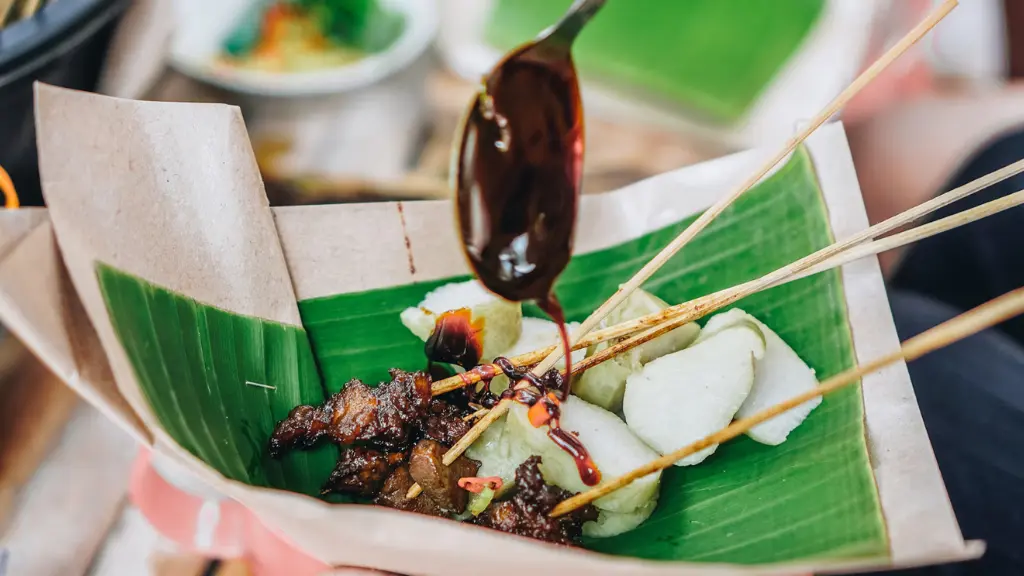Shikoku, Japan’s smallest main island, offers a rich culinary and cultural tapestry. Surrounded by the Seto Inland Sea and the Pacific Ocean, and filled with lush mountains and rivers, the island’s cuisine is deeply influenced by its natural surroundings.
Here’s an exploration of Shikoku’s flavors and traditions that captivate locals and visitors alike.
You May Also Like: How to Get Around Porto

1. The Bounty of Shikoku’s Waters
Shikoku’s coastline provides an abundance of fresh seafood. Its waters yield some of the finest ingredients for traditional Japanese dishes.
- Sanuki Olive Yellowtail: A local specialty from Kagawa Prefecture. Yellowtail fish are fed an olive-based diet, resulting in tender, flavorful meat.
- Ise Ebi (Spiny Lobster): Known for its sweetness and served as sashimi or grilled.
- Bonito (Katsuo): Especially famous in Kochi Prefecture, often enjoyed as katsuo no tataki (lightly seared and seasoned with garlic, ginger, and soy sauce).
Fishing villages along the coast have preserved ancient methods of preparation, ensuring the flavors stay authentic.
2. Mountain Flavors of Shikoku
Shikoku’s mountainous interior offers a contrasting palate. Its fertile land and pure water shape the island’s agricultural produce.
- Sobagaki: A rustic dish made from buckwheat flour, served simply with soy sauce or miso.
- Yuzu Citrus: Grown in Kochi Prefecture, this aromatic fruit enhances soups, sauces, and desserts.
- Mountain Vegetables (Sansai): Wild vegetables like ferns and bamboo shoots are foraged and used in seasonal dishes.
Shikoku’s mountainous regions also boast clean rivers that contribute to its high-quality sake production.
3. Traditional Noodles of Shikoku
Noodles are an integral part of Japanese cuisine, and Shikoku is no exception.
- Sanuki Udon: Originating in Kagawa Prefecture, these thick, chewy noodles are served hot or cold. Popular toppings include tempura, green onions, and grated ginger.
- Tokushima Ramen: A rich, pork-based broth with soy sauce, served with toppings like raw egg and chashu (braised pork).
These noodle dishes are a must-try for food lovers visiting the region.
4. The Influence of Pilgrimage on Shikoku’s Food
Shikoku is home to the 88-temple pilgrimage, a spiritual journey attracting visitors from all over the world. This tradition has influenced the region’s cuisine.
- Henro Bento: Pilgrims enjoy these portable lunchboxes, often filled with local specialties like grilled fish, pickles, and rice.
- Vegetarian Cuisine: Temples serve shojin ryori, a Buddhist vegetarian meal made from seasonal ingredients like tofu, mushrooms, and seaweed.
The simplicity and purity of these dishes reflect the spiritual nature of the pilgrimage.

5. Festivals and Seasonal Celebrations
Shikoku’s festivals showcase its vibrant culture and culinary diversity.
- Awa Odori Festival (Tokushima): Visitors can enjoy festival foods like grilled squid, takoyaki (octopus balls), and yakisoba (fried noodles).
- Yosakoi Festival (Kochi): Traditional food stalls serve local delicacies alongside lively dance performances.
- Cherry Blossom Season: Bento boxes filled with seasonal delights are shared under blooming sakura trees.
These events highlight the connection between food, culture, and community.
6. Sweet Treats of Shikoku
Shikoku also has a sweet side, with desserts inspired by its natural ingredients.
- Wasanbon Sugar: A premium Japanese sugar made in Kagawa Prefecture, used in traditional confectionery.
- Citrus Desserts: Yuzu and other citrus fruits are turned into jams, candies, and cakes.
- Mitarashi Dango: Sweet rice dumplings glazed with soy-based syrup, often enjoyed during festivals.
Pair these treats with Shikoku’s renowned teas for a perfect ending to your meal.
7. Nature and Sustainability in Shikoku’s Cuisine
Shikoku’s residents have a deep respect for nature. Sustainable practices are embedded in their food culture.
- Local Farming: Organic farms prioritize seasonal and pesticide-free produce.
- Fishing Practices: Fishermen follow traditional methods to maintain marine biodiversity.
- Zero-Waste Philosophy: Many restaurants use every part of the ingredient to minimize waste.
This harmony with nature ensures Shikoku’s culinary traditions endure for generations.
8. Where to Experience Shikoku’s Cuisine
Visitors can savor Shikoku’s flavors at markets, local eateries, and upscale restaurants.
- Hirome Market (Kochi): A bustling food market offering a variety of dishes like katsuo no tataki and local beers.
- Udon Shops (Kagawa): Authentic, family-run establishments where you can watch udon being made.
- Ryokan Dining: Traditional inns serve multi-course meals featuring regional specialties.
Don’t miss the chance to dine by the sea or in a cozy mountain setting.
9. A Blend of Culture and Cuisine
Shikoku’s food isn’t just about taste—it tells a story of the island’s history, geography, and people. Each dish reflects the balance between the sea and mountains, tradition and innovation.
Whether you’re indulging in fresh seafood, savoring mountain vegetables, or slurping udon, every bite is a connection to Shikoku’s natural beauty.
Conclusion
Shikoku offers a culinary experience as diverse as its landscapes. From ocean-fresh seafood to earthy mountain flavors, its cuisine is a celebration of nature’s bounty. Paired with its rich cultural traditions, Shikoku is a paradise for travelers seeking authentic Japanese flavors.
Call to Action:
Have you explored Shikoku’s unique cuisine? Share your favorite dishes and experiences with #ShikokuEats or plan your visit today!











